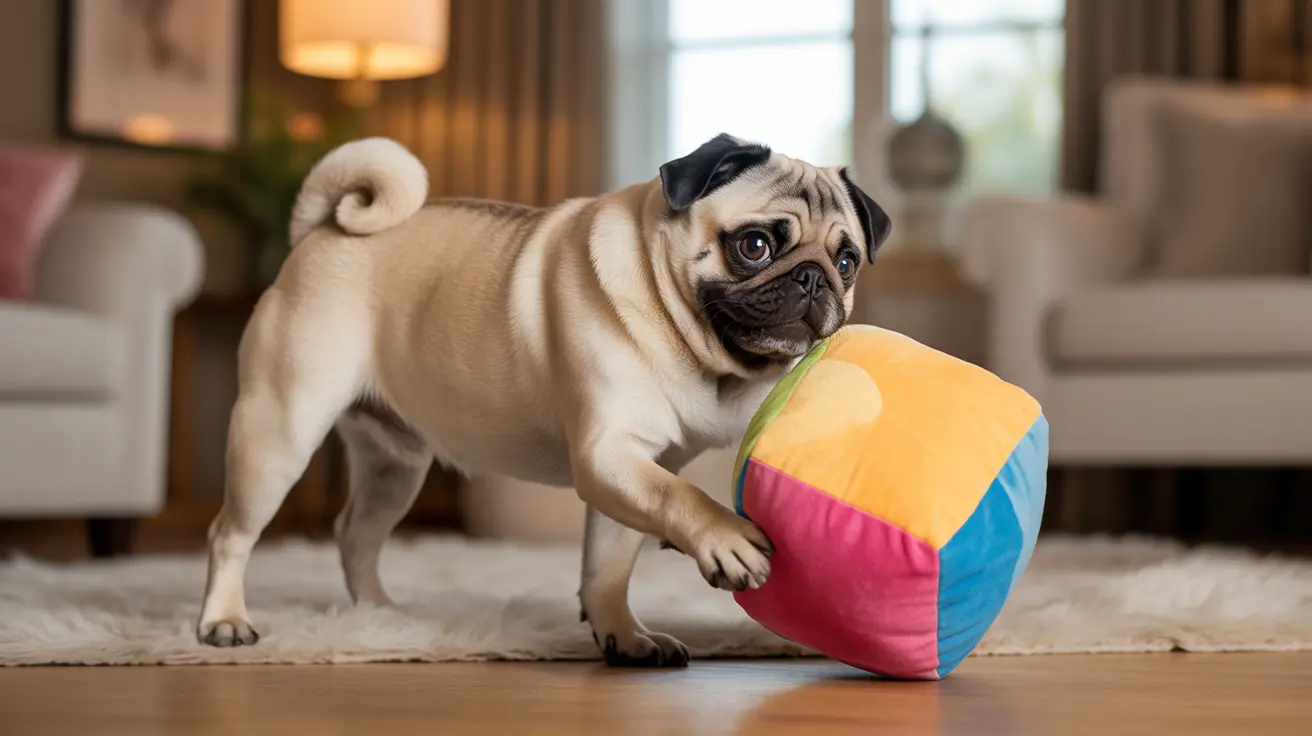How Do Dogs Apologize? Understanding Canine Remorse
Many dog owners have experienced moments when their furry companion appears to recognize wrongdoing—perhaps after chewing a shoe or tearing the trash apart—and exhibits submissive behaviors that seem like an apology. But do dogs really apologize, and if so, how do they express it? Scientific insights into canine behavior and the deep human-dog connection reveal fascinating facts about how dogs communicate regret and seek reconciliation.
The Emotional Lives of Dogs
Dogs are loving, curious, and extremely social animals. Over millennia, they have evolved from wolves into loyal companions with an extraordinary capacity for bonding with humans. According to experts such as ethologist Marc Bekoff and psychologist Clive Wynne, dogs are capable of experiencing a range of emotions akin to human feelings, including affection, loyalty, and empathy. This emotional depth forms the foundation for behaviors interpreted as apologies.
Building Trust and Understanding Dog Behavior
Before diving into behaviors that resemble apologies, it's essential to understand how dogs form relationships. Heather Dickeson of Austin Pets Alive! emphasizes the three-three-three rule when adopting new dogs: 3 days to decompress, 3 weeks to learn routines, and 3 months to fully settle. Within this framework of building trust, dogs start to form deep emotional bonds, driven by neurochemicals like oxytocin and dopamine—the same chemicals that promote social bonding in humans.
Canine Apology: What It Looks Like
While dogs don’t say “sorry” the way humans do, they exhibit body language that signals contrition and seeks reconciliation. Some of the most common signs include:
- Lowering their head: A sign of submissiveness and acceptance of their place in the social hierarchy.
- Avoiding direct eye contact: Demonstrates they do not pose a threat and acknowledge the mistake.
- Licking your hand or face: A gesture rooted in puppyhood that can signal appeasement and affection.
- Sitting or lying close to you: Indicates trust, comfort, and a desire to reconnect.
- Wagging their tail slowly: Shows a cautious but hopeful demeanor, awaiting your reaction.
These behaviors mirror how dogs in social groups, including wild canines, resolve conflict—by using body language to defuse tension and reestablish harmony.
The Role of Oxytocin in Rebuilding Bonds
Interactions such as gentle petting, eye contact, and verbal reassurance boost levels of oxytocin, often called the “love hormone.” This neurochemical not only deepens the bond between dogs and humans but also contributes to emotional healing and conflict resolution. In other words, just spending time together after a misbehavior can reinforce the dog's desire to stay close and please you.
Understanding Your Dog’s Apology in Context
It's worth noting that dogs don’t associate cause and effect in the same abstract way humans do. If you discover a chewed slipper hours after the event, your dog’s “guilty” look isn’t necessarily an admission of guilt about that specific act. Instead, they may be reacting to your tone of voice or body language. Consistent, positive reinforcement is key to avoiding fear-based behaviors and fostering trust.
10 Signs Your Dog Loves You
Recognizing love helps distinguish remorse from other emotions. Dogs display affection through:
- Wagging tail (especially “helicopter tail”)
- Soft eye contact
- Excited greetings
- Licking
- Bringing toys
- Raising eyebrows
- Following you
- Sleeping with you
- Rubbing their face against yours
- Full-body wiggles
The Science of Forgiveness in Dogs
Dogs are known for their unconditional love, which includes traits like forgiveness and empathy. Their ability to sense human emotions and respond comfortingly suggests a high level of emotional intelligence. When they perceive a rupture in the relationship (such as owner anger), their submissive, appeasing behaviors aim to rebuild that emotional connection.
How You Should Respond to a Dog’s Apology
- Stay calm: Avoid yelling or physical punishment, which only induces fear.
- Use positive reinforcement: Reward good behavior to encourage repetition.
- Be consistent: Clear signals help dogs understand boundaries and behaviors.
- Reconnect through affection: Petting and calm speech help restore the relationship.
Conclusion: A Relationship Rooted in Mutual Respect
Dogs may not apologize in the human sense, but they engage in behaviors that function as apologies within their social structure. These include subtle cues of submissiveness, affection, and attachment that aim to regain the trust and emotional connection with their human. Through love, empathy, and positive communication, both humans and dogs can deepen mutual understanding and promote a lasting, rewarding bond.





